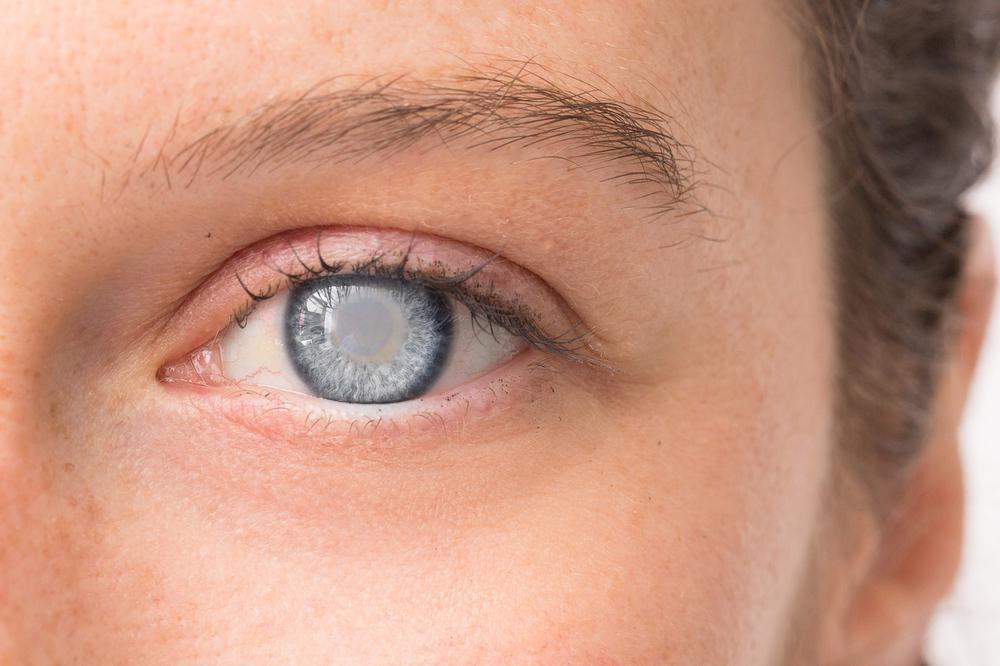According to clinical research, an estimated 80-85% of how we learn, perceive, and understand our world, and our corresponding actions are driven by our ability to see clearly. So if something happens that impairs your vision, whether it’s something as common as a refractive issue ― such as nearsightedness ― or a serious eye disease ―such as macular degeneration ― it can impact your life greatly.
Fortunately, through regular eye examinations and the use of prescription eyeglasses and contact lenses, many vision issues can be mitigated or treated to prevent vision loss or blindness. You may be familiar with serious eye disorders, such as glaucoma and cataracts, but did you know that macular degeneration is the leading cause of severe vision loss for adults age 50 and older?
In this blog, the team of highly skilled practitioners at Tayani Institute share some insights on recognizing the signs of macular degeneration.
Signs of macular degeneration
Although there are two forms of macular degeneration, 70-90% of the cases are age-related. Age-related macular degeneration (AMD) affects nearly 10 million Americans, and it’s the No. 1 cause of permanent impairment of up-close vision. In addition to age, risk factors for AMD include smoking and a family history of the condition. Age-related macular degeneration is more common among caucasians. Furthermore, diet and certain conditions, such as cardiovascular disease, may also have a role in its development.
Gradual central vision loss
Macular degeneration is an incurable, progressive eye disease that affects the retina, which focuses the central vision for the eye. Think of it like the lens of a camera. Located in the center of the retina is the macula, which is responsible for receiving images and relaying the data to the optic nerve and finally to the brain for recognition.
When you suffer from macular degeneration, the cells of the macula break down and form drusen or yellow deposits. These deposits not only block light, but they also cause distorted vision. Side or peripheral vision is often left intact.
Blurred, distorted vision
In the early stages of AMD, you may not experience noticeable vision loss. In the early stages, the only way you’ll know you have it is if you get regular eye exams.
In the later stages of macular degeneration, drusen builds up, and you’ll begin to have trouble seeing details. Some people report seeing wavy or blurry lines or having problems recognizing faces. As the disease progresses, the color of the retina may also change.
Issues with seeing colors clearly
Another sign of macular degeneration is a loss in your ability to distinguish colors. In addition to focusing on details, the macula also houses most of your eyes’ photoreceptor cells, which manage color vision.
Macular degeneration weakens these receptors, making them less sensitive to lower-intensity wavelengths, such as those found in purple, yellow, and pastel colors. As the disease progresses, all color perception may be lost.
Treating macular degeneration
Although there are no treatment options to cure macular degeneration, if diagnosed early, there are lifestyle changes you can make that can slow down its progression and lessen vision loss. Taking certain vitamin supplements, eating a diet with plenty of leafy vegetables and fish rich in omega-3 fatty acids has been shown to be beneficial. And if you’re a smoker, you should quit.
If you’ve noticed issues with your vision or if you have concerns about macular degeneration, contact the Tayani Institute. Our doctors can give you a thorough examination and give you the guidance you need if you have macular degeneration or any other vision issue. To learn more, book an appointment online or over the phone today.


